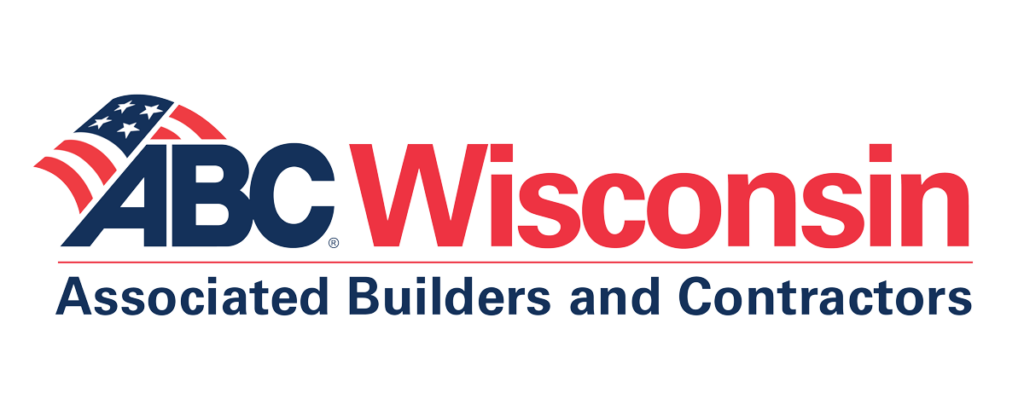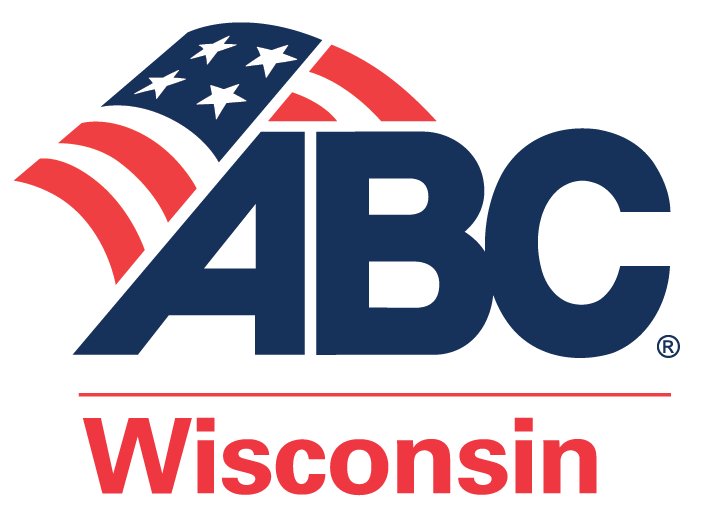By Doug Kalinowski, Directorate of Cooperative and State Programs, OSHA
It is important for employers to consider the impacts of extreme weather on the safety and health of outdoor workers. Increasing average temperatures and changing weather patterns are just as much a threat to construction workers as to response and recovery workers. The risk of injuries, illnesses, and fatalities among outdoor workers is higher when exposed to heat and other hazards including those present during response to weather events such as hurricanes, wildfires, tornadoes, and floods. The Occupational Safety and Health Administration (OSHA) assists employers and workers with training and resources before exposures to environmental stresses occur.
Heat
OSHA is working daily to protect the U.S. workforce as they face heat while on the job.
Each year, thousands of workers become sick due to occupational heat exposure, and some die. New employees who have not had the chance to adjust to working in the heat are the most vulnerable. Three out of four heat-related workplace fatalities occur in the first week on the job.
The agency’s Heat Illness Prevention Campaign provides heat hazard resources to keep workers safe, including information for employers, workers, and more. Help is available to employers who need to create a heat illness prevention plan, train workers, and provide first aid for heat illness. Workers gain insight on workplace rights, heat illness prevention, and heat illness signs and symptoms. Many of the resources are available in multiple languages.
The OSHA-NIOSH Heat Safety Tool App is a tool for everyone! It allows workers and supervisors to calculate the heat index for their worksite, and, based on the heat index, displays a risk level to outdoor workers. OSHA has a newsletter that highlights heat-specific information and new resources (sign-up).
OSHA published an Advance Notice of Proposed Rulemaking (ANPRM) for Heat Injury and Illness Prevention in Outdoor and Indoor Work Settings (see Federal Register) in October 2021, and completed additional steps in the rulemaking process more recently, including gaining input from small entity representatives, and briefing the Advisory Committee for Construction Safety and Health. Learn more on the webpage.
The agency continues to conduct heat-related inspections under its National Emphasis Program – Outdoor and Indoor Heat-Related Hazards, launched in 2022. The program targets workplaces with the highest exposures to heat-related hazards. Since the launch, OSHA has conducted nearly 5,000 federal heat-related inspections in addition to offering compliance assistance and outreach.
Natural Disaster and Weather/Emergency Preparedness
Emergencies can create a variety of hazards for workers in the impacted area. Early preparation and drills before an emergency play a vital role in ensuring that employers and workers have the necessary equipment, know where to go, and know how to keep themselves safe when an emergency occurs. The safety of response and recovery workers who have been called to assist during a natural disaster is also important. OSHA’s Emergency Preparedness and Response page provides information and resources for employers and workers on how to prepare for and respond to natural disaster and weather-related emergencies, including hurricanes and unseasonably heavy rainfall that can cause widespread flooding and damage to property.
Floods
Floods can be caused by a variety of factors, including a sudden accumulation of rain, rising rivers, and dam failures. OSHA’s Flood Preparedness and Response page is designed to help employers and workers prepare for floods and any hazards that workers may face during and after a flood event.
The Preparedness page provides information on flood watches and warning, creating an evacuation plan, and making emergency supply kits. This planning information can help ensure that everyone is ready to evacuate in an orderly manner before rising waters impact a business, residence, or evacuation routes.
The Response/Recovery page provides useful details on the hazards to avoid when flooding has occurred. This includes areas to avoid when using a vehicle, and safety and health hazards such as downed electrical lines, mold, and wild animals.
Also see the OSHA Resources page, which provides access to QuickCards™ and Fact Sheets that provide additional details regarding the hazards that may be present during and after a flood.
Employer Responsibilities and Worker Rights
Employers are responsible for providing a workplace that is free of recognized hazards, including anticipated hazards associated with extreme weather events such as excessive heat and flooding. Workers have the right to speak up about hazards without fear of retaliation.
If you are a worker or employer who needs assistance, contact your local OSHA Area Office, State Plan, or consultation program or visit www.osha.gov.










